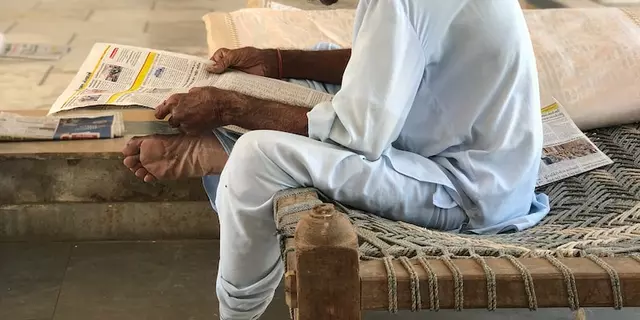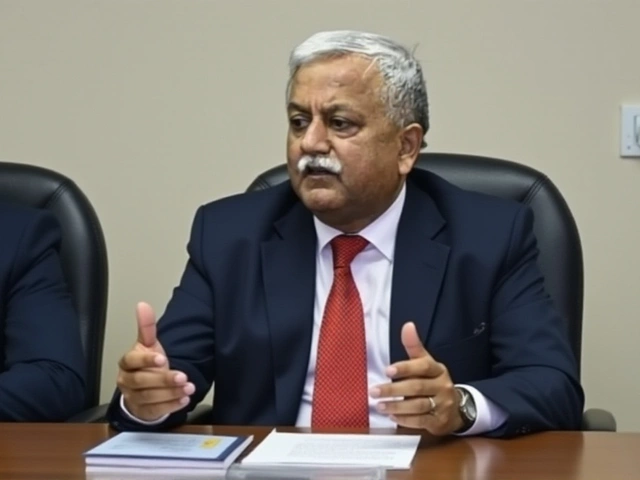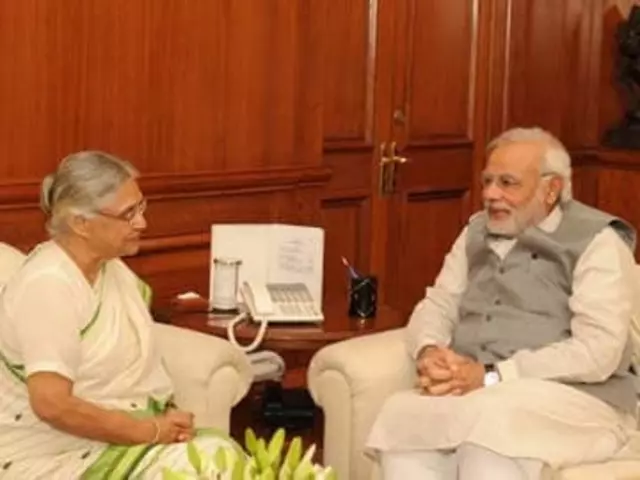Indian education: clear tips, current trends, and real options
Indian education often feels like a maze: boards, entrance exams, coaching centres and new policies all at once. If you’re a student, parent, or teacher trying to make smart choices, this page collects practical advice, current trends, and quick actions you can take today.
What’s changing right now
National Education Policy 2020 is reshaping schools and colleges — more focus on skills, multidisciplinary study, and flexible course paths. Digital learning has moved from an add-on to a core tool; recorded lessons, apps and online tutors are now part of routine prep. At the same time, high-stakes tests like JEE and NEET still drive coaching demand, so knowing how to balance exam practice with conceptual learning matters.
Private coaching remains powerful, but you don’t always need it. Smart self-study, the right syllabus roadmap, and regular mock tests can give similar results. For college choices, multidisciplinary programs and vocational options are growing, so don’t feel locked into the traditional arts/science/commerce split.
Practical tips for students and parents
Start by clarifying your goal: board score, medical/engineering entrance, or vocational training. Break that goal into weekly tasks and measure progress with short tests. For board exams, practise past papers and time management more than memorising long notes. For JEE/NEET, focus on core concepts and repeated problem practice — one tough concept understood deeply beats memorising many shallow ones.
Use online resources selectively: follow one well-structured course instead of jumping between dozens of channels. Track weak topics and revisit them weekly. Sleep, short breaks and a fixed study routine improve retention more than marathon sessions. Parents: set realistic expectations and give emotional support — pressure can erase months of study gains.
If you’re thinking about studying abroad, shortlist countries and courses based on your career aim, not brand names. Factor living costs, visa rules and scholarship options early. For vocational paths, check industry demand and short-term certifications that lead to entry-level jobs quickly.
Scholarships and government schemes exist; apply early and keep documents ready. For higher education choices in India, look beyond prestige: course content, faculty, placement records and internship opportunities matter more for employability.
Finally, build skill habits: basic coding, communication, data handling, and problem solving are useful across fields. Internships, small projects, and online portfolios often speak louder than a long CV statement.
Use this tag to find news, exam updates, study strategies and personal stories from students. Bookmark updates about policy shifts and test schedules so you don’t miss deadlines. If you want specific help—exam plan, course comparison or scholarship pointers—scan related posts and look for step-by-step guides that match your level.

The Role of Private Schools in Indian Education - Assessing the pros and cons
As a blogger, I've been digging deep into the realm of Indian education, specifically the role of private schools. Now, let's shake the coconut tree and see what falls out. On the pro side, private schools provide top-notch education, smaller class sizes, and personalized attention to students - it's like having your own educational butler! But wait, there's a flip side too. These schools can be as expensive as a Bollywood wedding, making them unreachable for many families. Plus, they sometimes lack diversity, turning into a luxury island in the vast ocean of Indian education. So, it's not all rainbows and unicorns, folks!
Education & Learning



